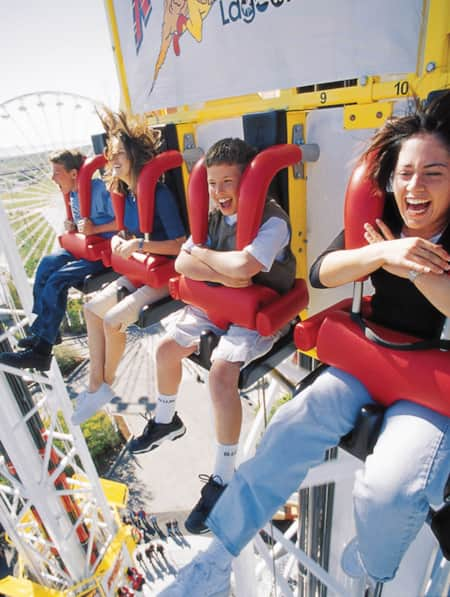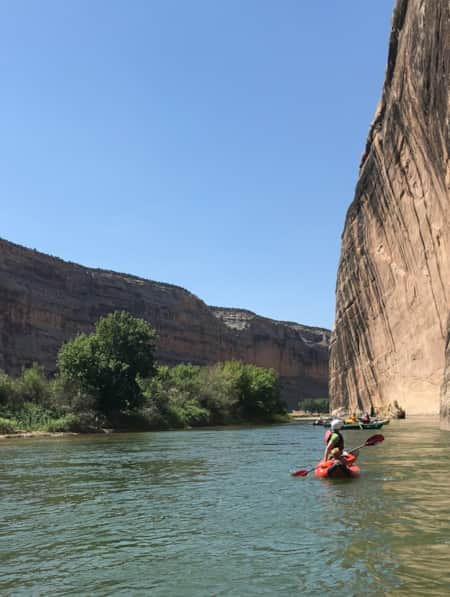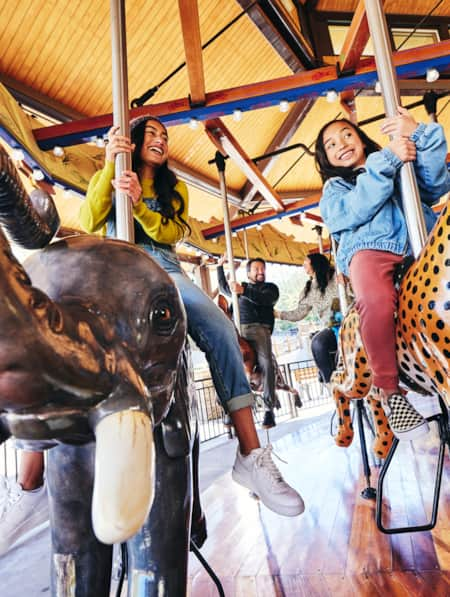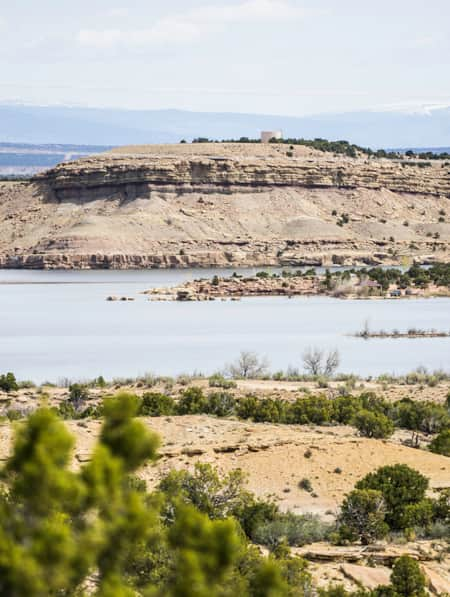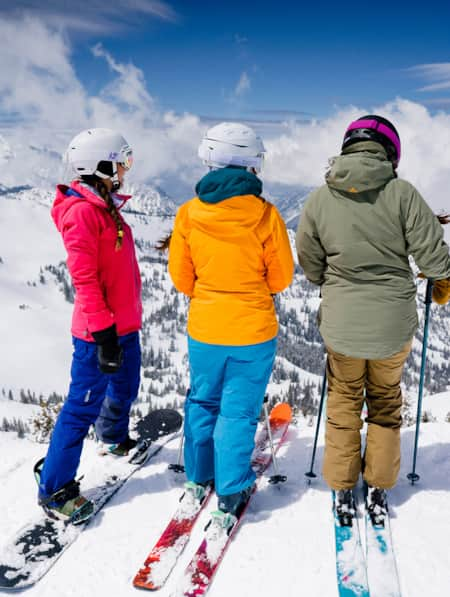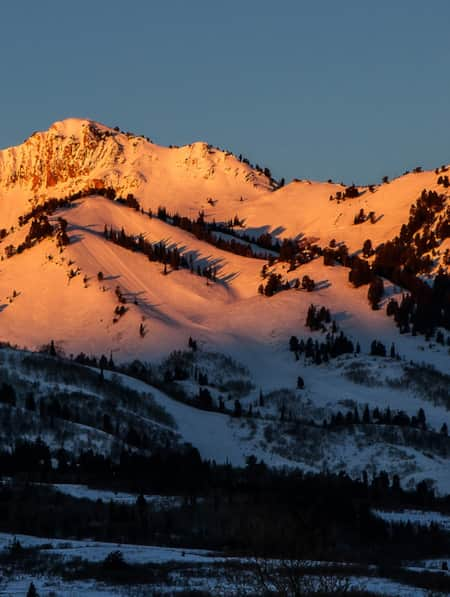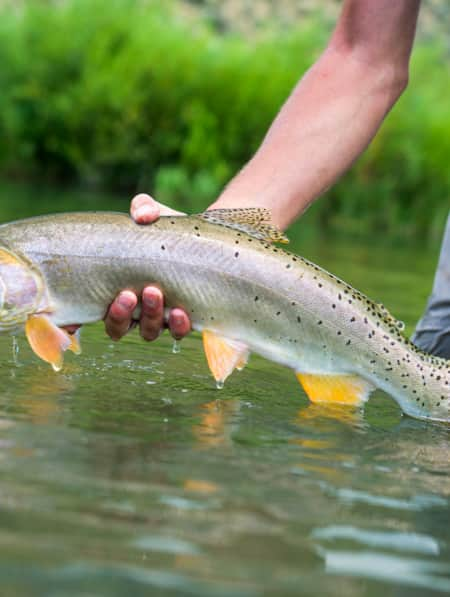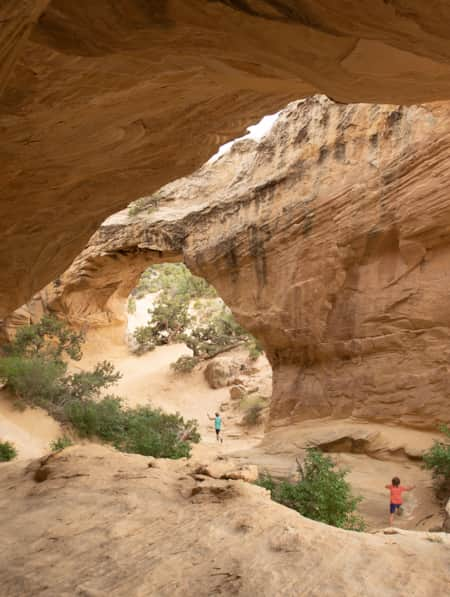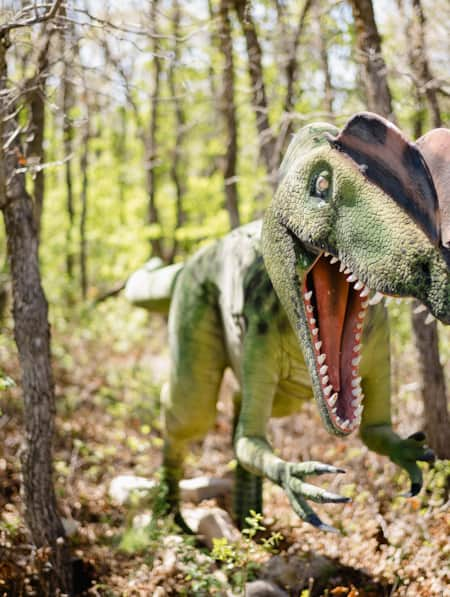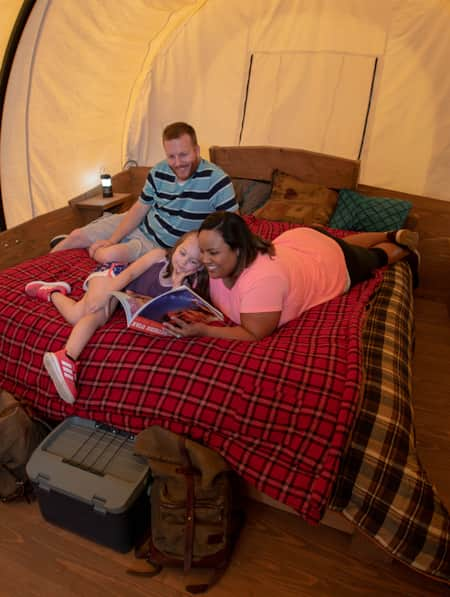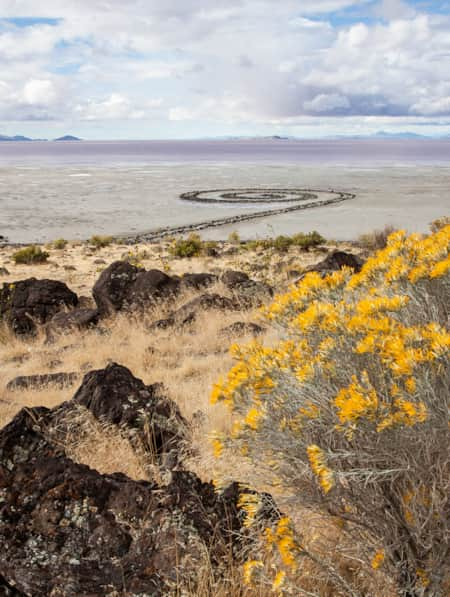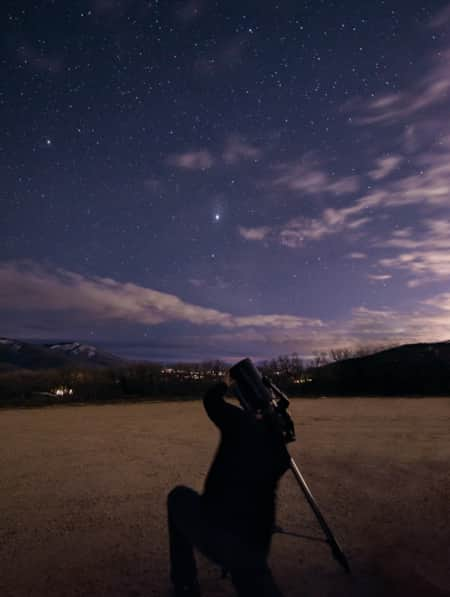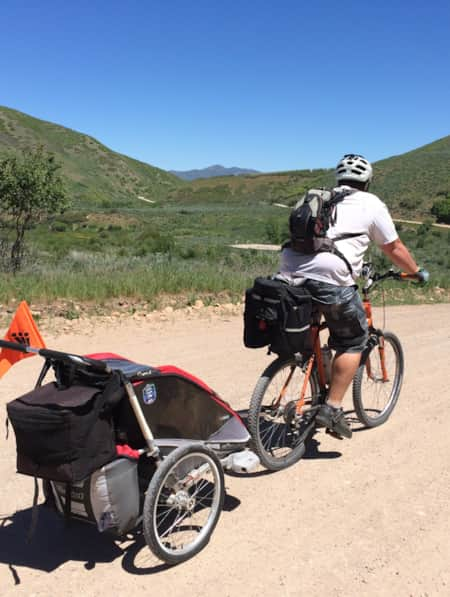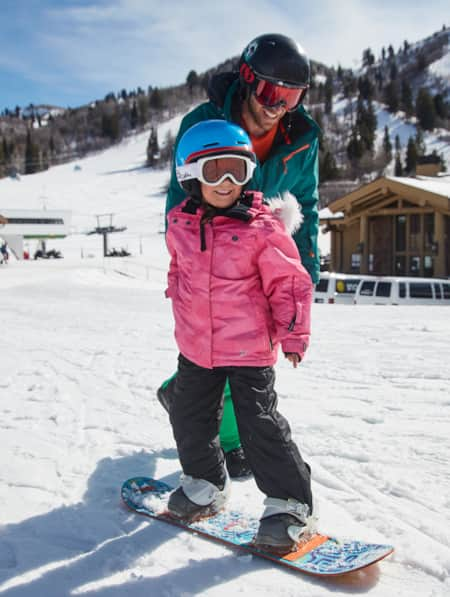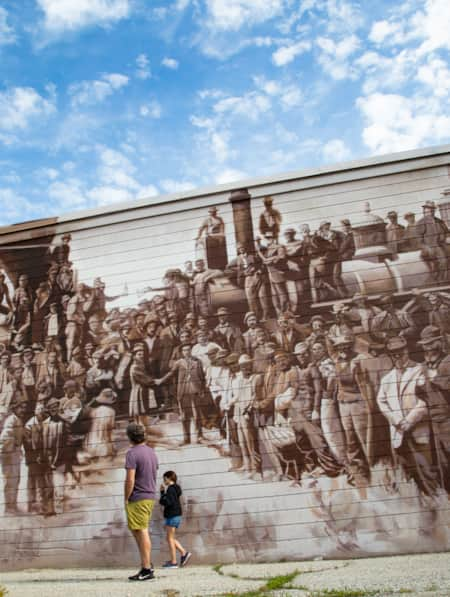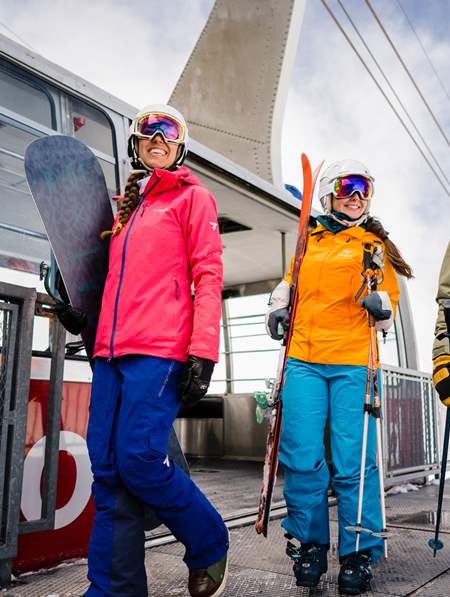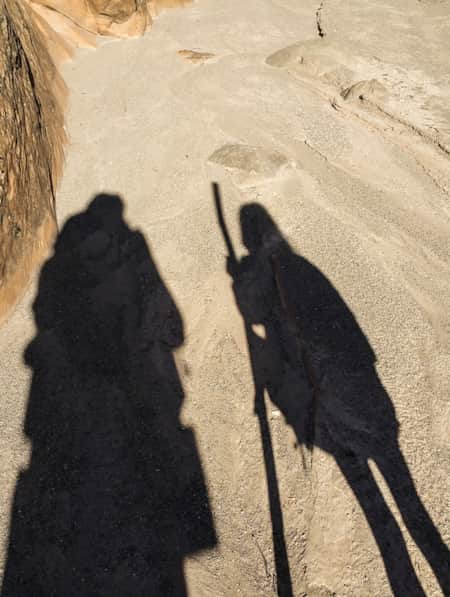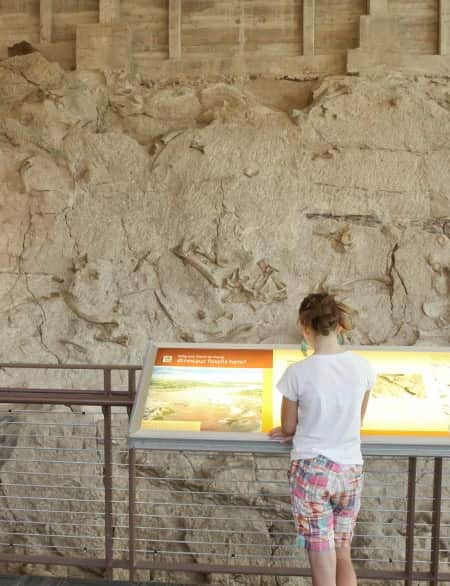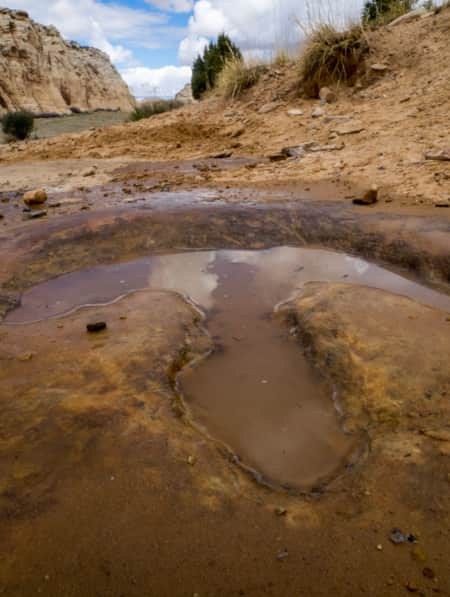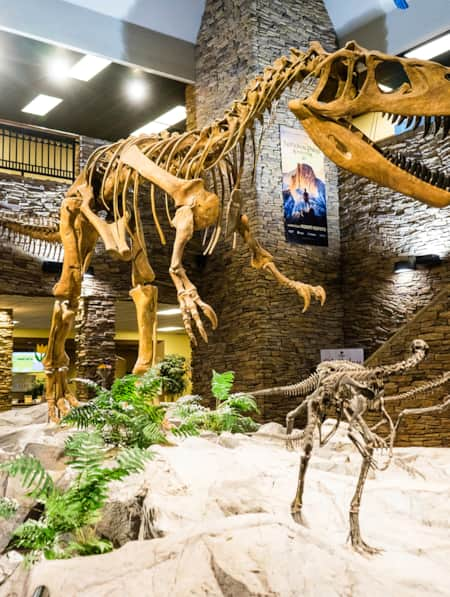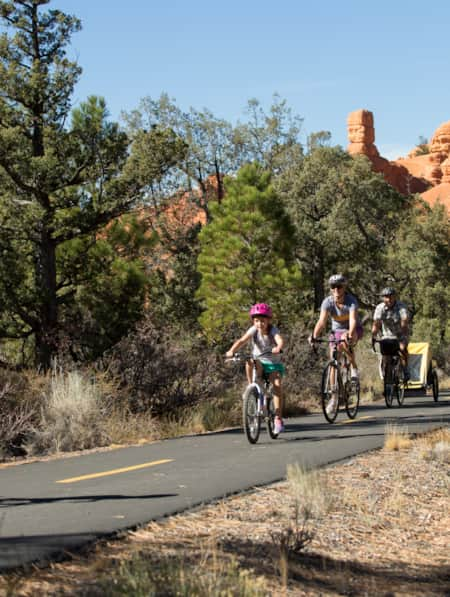Hiking Southern Utah with Younger Children: Tips for Family Friendly Adventure
Here are some tips to help increase your chances of a successful hike when exploring Utah with the kids — and ideas to help ensure they'll want to do it again!
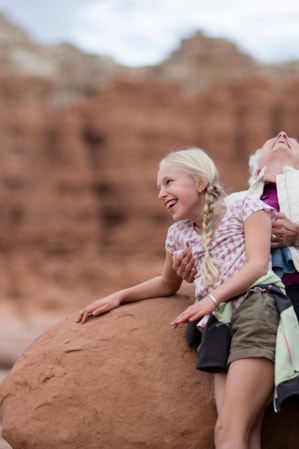
Hiking with kids is a great way to combine quality family time with exercise and exploration of the outdoors. Part of preserving wilderness for future generations is teaching children to appreciate and enjoy nature. But it can also be intimidating for the parent planner. Here are some information and a few tips to help increase your chances of a successful hike, as well as make your kids want to do it again next time.
Planning
Kids are less likely to “roll with it,” when an important element is forgotten, so advance planning is essential, even if you’re just hiking a few miles. Pack a first-aid kit, complete with adhesive bandages, antiseptic towelettes, antibiotic ointment, sting-relief wipes, moleskin, bandage scissors, tweezers, and more. Remember water, snacks, tissues, sunscreen, lip balm, safety whistles, binoculars, magnifying glass, field guides, and even a camera. Tell someone where you’ll be, even if it’s just a short trail. And be sure to check the weather forecast and trail conditions (where applicable) before heading out, as everything can change in a matter of hours.
Clothing
Even if it’s summer, be sure to take ample layers so your child doesn’t become chilled on the trail if the conditions change. Bring rain clothing that can double as wind breaking layers, and always bring hats and gloves —especially when starting out early. Make sure kids have adequate hiking shoes. Depending on the terrain, this can range from sturdy sandals to hiking boots. Always pack a change of clothes for each child and save them in the car for your return from the trail. It’s more than likely that kids will finish the hike dirty, muddy, and even wet from splashing around. It’s all part of the experience.
Trails
For the first few times, choose a trail that’s a bit shorter in length and isn’t too strenuous. Even if your child is used to walking to and from school, that’s different than hiking over varied terrain, at altitude, in different weather elements. For kids, the hike is about the journey, not the destination. Pick an easy or moderate trail that has some features, whether it’s a lake, stream, waterfall, or something that will keep the child occupied and focus on a goal. Some of the best kid-friendly hikes in Utah include: Red Cliffs Recreation Area, Children’s Forest at the Kiln, Silver Reef Overlook Trail, and Canyon Overlook Trail in Zion.
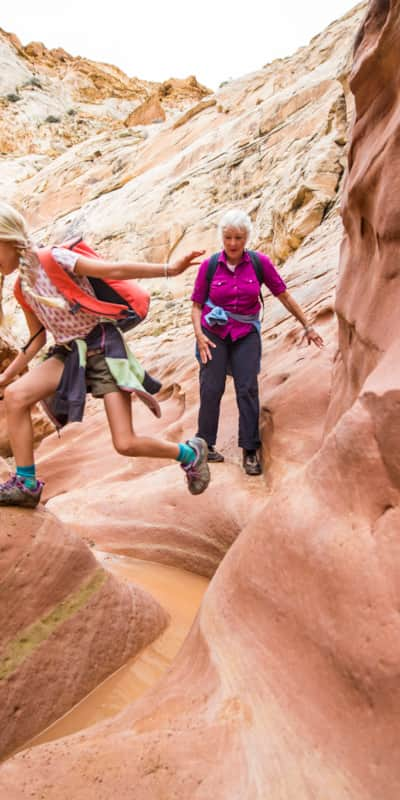
Breaks
Kids are natural explorers and want to touch and look at everything, so adults must bring extra patience and not treat a hike as a goal to get to the end of the trail and back. Hiking requires a lot of energy and if children run out early, that lack of energy can make them cranky. Plan for plenty of small breaks for water and food. You use energy breaks as a way to keep kids moving by telling them at the next tree/arch/footbridge/rock feature, you can take a snack break.
Fun
Kids like to be in charge, so when hiking with more than one child, make sure everyone gets a chance to be the leader and set the pace at some point. Since the key to family friendly hiking is keeping the kids motivated and having fun, create games that combine the two, like organizing a scavenger hunt to find things that have certain characteristics (color, texture, size, etc.), counting wildflower or wildlife species, looking for signs of wildlife, or creating rhymes about things you see. Be generous with praise, because kids thrive with positive reinforcement. If they hear how good a hiker they are and what an awesome job they’re doing, they’ll focus on doing the right things to continue hearing praise.
Leave No Trace and Respect and Protect
The earlier you begin teaching children how to take care of our wild lands, the better stewards of those places they’ll learn to be when they’re older. Bring a small bag to collect your garbage while out on the trail, and even consider picking up extra litter you see even if it’s not “yours.” In most areas, however, the local plants, rocks, and especially artifacts are protected and should appreciated, but never gathered. Kids watch and emulate behavior, so showing them how to do good things will stick.
Visiting with care is especially important in Utah's ecologically sensitive landscapes and important archaeological heritage sites. For example, some desert hikes follow carefully cut trails. Venturing off the trails can damage the protective living ground covers, or biological crusts. When exploring native ruins, hike with care, leave everything in place, and tell stories about the ancient lives that lived here.
Whether you visit a Utah National Park or just head out for a local hike, there’s plenty here for the whole family to enjoy. Plan to check out some of the best family-friendly hikes in Utah for an experience that will make a real impression on your children. (Read: Why Your Kids Need a Utah Trip)
Learn more about Leave No Trace.
